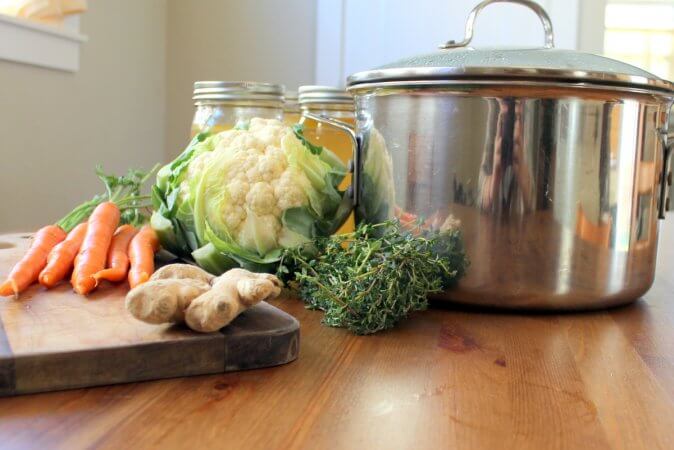
How do the Gut and Psychology Syndrome Diet (GAPS) and the ketogenic diet (keto) overlap? They overlap in more ways than they are different! One of the missions of both diets is brain health; with GAPS focusing on the gut-brain connection and keto focusing on ketones to calm and heal the brain.
Leaky Gut and GAPS
In addition to brain health, GAPS balances the gut flora and intensely repairs the digestive tract to help heal things like food allergies, leaky gut, IBS, and other digestive problems.
GAPS has an intense introduction phase, where only very easy to digest food is consumed, giving the digestive system a rest and excellent nutrition needed to repair itself.
Weight Loss and Keto
In addition to brain health, keto is most often used ‘in mainstream’ an efficient way to lose weight.
The mechanisms involved in the body running on fat rather than carbs suppress hunger slightly. This mechanism makes keto a sustainable weight loss method for many people.
It’s not uncommon for those who have stuck with a ketogenic diet for weight loss to find they really enjoy the mental health benefits and increased energy as well. For the weight loss group, these are considered ‘bonuses’ but for some of us with mental health struggles, they are the main attraction.
Who should not do GAPS? Who should not do keto?
GAPS is a healing diet, but being compliant on any dietary protocol can be stressful. I only advocate doing the GAPS diet if other less drastic dietary measures have failed and there is a health issue impacting quality of life.
You can see more about when NOT to do the GAPS Diet here.
The only exception to this is if you are doing GAPS (or the GAPS/keto combo) for one or more people in your family and you find it to be less stressful to make the same food for everyone. This black and white thinking can combat ‘decision fatigue’ and will reduce stress in some people.
I’m doing this this summer; I have two kids who I feel like would benefit from this healing program, and I myself will as well, so my 3rd child is going to be doing the protocol along with us.
Who should not do keto?
Keto is a great diet for most people, but it may be hard on people with existing kidney or thyroid problems. I would recommend working carefully with a practitioner if you have either of these problems.
Keto also has an appetite suppressant component to it, which may be problematic for children or adults who are having trouble maintaining weight. If you feel like your child really needs to be on keto (ie for seizures) but is under or barely on track for weight, be sure they are getting the calories they need, do frequent weight checks, and consider working with a nutritionist who is experienced in the ketogenic diet.
A note on growth and kidney stones:
In literature about the ketogenic diet, when a ketogenic diet is referred to they nearly always are talking about the classic 4:1 diet, which restricts protein, calories, and liquids. We talk more about the 4:1 diet down below.
On the 4:1 ketogenic diet there is evidence that growth is slowed and there is a higher rate of kidney stones for children who are adhering to it (source), which makes sense with the reduction in protein and calories and liquids below a child’s typical requirements. Adequate liquids are now encouraged to prevent dehydration, kidney stones, and constipation, though some of the data showing increased risk of kidney stones may not reflect children who were on this current recommendation.
The diet that I’m calling ‘keto’ here, and is designed to put the person in ketosis (where we’re getting the ‘keto’ from), is called the ‘Modified Atkins Diet’ in most medical literature. In the Modified Atkins Diet (MAD) the benefits of the body being in a state of ketosis are seen, and it is thought that the unrestricted protein and calories will prevent the children’s growth from being stunted. (source)
New data recommends (again, talking about the MAD) a minimum of 1.5 g/protein per 100 calories to prevent growth retardation, as this has shown to be correlated with on-track growth in children on the MAD diet long term. (source)
GAPS and Keto – What is allowed?
Meat:
Yes, please! Grassfed meat, especially because of the omega 3 content that reduces inflammation is highly recommended. When possible choose fatty meat such as pork, chicken thighs with skin on over chicken breast without the skin. Red meat (beef, bison) is usually higher in fat content than lighter meat. Fish includes healthy omega 3 fatty acids, and should be included at least once a week. Organ meat like liver is beneficial for the body as well!
*Men and post-menopausal women: Only red meat may be too much, so try to balance with chicken and fish as well. Check your iron levels to make sure they are not too high.
Bone broth and/or collagen are great things to include for gut healing and tissue repair.
Where to buy:
Sustainably raised meats (including bacon!)
Sustainably raised meats on auto-delivery (I use a similar service)
Shelf-stable organic chicken and beef broth (the pre-made soups are not GAPS legal)
Wild-caught fish and seafood for those omega 3s
Grains:
No, thank you! Grains are not allowed on the GAPS diet, even in tiny tiny amounts they are allowed on the ketogenic diet. This includes, but is not limited to, wheat, corn, rice, oats, barley, quinoa, and buckwheat. Yes, some of these are ‘seeds’ but they are all too starchy for GAPS.
Starches:
Starches are a no-go. They feed the pathogenic bacteria that we are trying to starve out lower in the gut, and contain lots of carbs so they easily kick us out of ketosis. Starches that are not allowed on the GAPS diet: Potatoes, sweet potatoes, yams, tapioca, arrowroot, and of course corn starch.
Dairy:
Dairy is one of the more tricky aspects of GAPS and doing GAPS with keto. First, many people do not tolerate dairy well. If dairy is causing inflammation, your body will be affected, and you will not get as much healing as you’d like.
Second, dairy needs to be cultured to be GAPS-compliant to use up the lactose. Do not confuse this with ‘lactose free’ diary products – they just have the lactase enzyme added to them (which some people do not produce). Again, the lactose is a more complex sugar molecule that makes its way down the digestive tract to feed pathogenic bacteria.
Third, keto only recommends high fat dairy (no fluid milk) because the carb counts in milk, or yogurt made with whole milk, is fairly high.
GAPS-Keto Dairy Options:
- Cheddar cheese, brie, or any aged cheese
- Aged mozzarella cheese (fresh mozzarella is not allowed) We discuss this a little more in the keto pizza recipe.
- 24-hour yogurt made with half and half or heavy cream.
- Butter or ghee! Yum!
The good news is that if you are a GAPS pro that is digesting dairy well (even after a trial of going off and then coming back on) lactose is one of the more easily digested carbs, and you may do okay with raw full-fat dairy. Heavy whipping cream is a lovely addition to coffee, and can make some fantastic low-carb ice cream when monk fruit is added.
Fruit:
Ripe fruit is allowed on GAPS, but nearly always has too many carbs for keto. Berries are allowed on keto, as they are low carb, but they need to be counted meticulously. Most of us with children find it’s easier to not bring many berries into the house, to reduce temptation.
If I am using berries, I usually make them into a recipe right away (chia pudding, popsicles) that otherwise has lots of fat, and I don’t let them sit in the fridge or on the counter and tempt the compliance of my children ;)
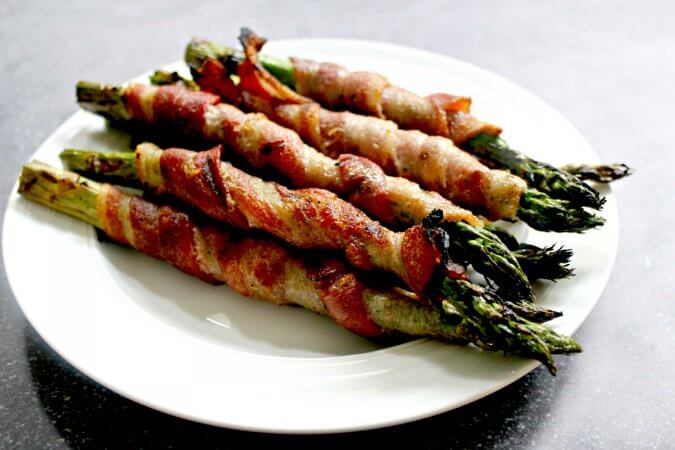
Vegetables:
Yes, but count net carbs. When we’re counting carbs, we get to subtract the fiber from the carb count. This lowers the carbohydrate count quite a bit especially for the leafy greens, and other green vegetables.
Combining vegetables with fats such as chili-lime dressing not only keeps you full longer, but it also increases the bioavailability of the vitamins in the vegetables.
Seasonings:
These are good! Watch for added sugar (not allowed even in trace amounts on GAPS) and MSG, but most of the organic herbs and spices sold on grocery store shelves are allowed and can add lots of variety and creativity to your food.
Nuts and Seeds:
These can be tricky. Almonds are the most popular low-carb nuts,and the one that we use for flour.
Technically on GAPS, you should ‘activate’ your nuts by soaking and then dehydrating them. This makes them easier to digest. If you have digestive symptoms at all (constipation, diarrhea) I would not skip this step. Otherwise, nuts can be a great snack, add crunch to salad, and are something you can pick up when you’re on the road.
Low-carb nuts:
- Almonds
- Hazlenuts
- Macadamia nuts
- Pecans
- Walnuts
- Pine Nuts
- Brazil Nuts
Seeds are also lower in carbs, and something suitable to include in the ketogenic version of the GAPS diet. Chia seeds can make great pudding, and sunflower seeds in their shell are a great treat to enjoy at a ball game or around a campfire.
Fats & Oils:
Yes, please! Fats and oils will help heal the gut and are what the body and brain is using for energy when we are on keto. Choosing oils with a good omega 3 to omega 6 ratio (in general we get too many omega 6s in the US) reduce inflammation and boost healing.
- Coconut Oil or MCT oil has neither omega 6 or omega 3s, so it is a nice neutral oil to use without worry. It has mild anti-inflammatory properties and is easily absorbed, perfect for those who are having trouble absorbing nutrients from their food, as many with leaky gut struggle with.
- Fish oil: Not many people’s favorite, but so so good for you! You can take fish oil as a supplement to boost the omega 3s, or you can use fish sauce (check the ingredients for weird stuff) to add a savory subtle flavor to stir fries and other savory dishes.
- Avocado oil: This neutral oil is great, with a higher smoke point (so no burning!) and
- Olive oil: Fresh-pressed (cold pressed) olive oil has tons of phytochemicals in addition to a good omega 3:6 ratio.
- Butter and ghee: These dairy fats are delicious, and perfect to include as much as you want in your brain-healing diet.
- Tallow and Lard: From grassfed animals, these fats also have a healthy omega3:6 fatty acid profile that may help keep inflammation down.
Sweeteners?
For healing, we don’t allow fake sweeteners on the GAPS portion of the ketogenic diet (regular Keto doesn’t have an opinion about fake sweeteners, only carb counts).
We want to keep our body nourished and on the path of healing, so we don’t throw indigestible (sugar alcohols, nutrasweet, etc) food-like substances in it. We don’t know what these sweeteners will do to the digestive tract for sure, so it’s best to stick with what we know doesn’t harm us.
Non-carb sweeteners that I recommend:
Both of these sweeteners are much sweeter than sugar, and you use very little of them. Usually the containers will come with a tiny tiny scoop that is the sweetness equivalent of 1 teaspoon of sugar.
For both of these, watch for ‘blends’ that are cut with erythritol, fructose, or other more bulky ingredients. Especially in the packets, they are usually just added to provide bulk.
- Stevia is technically not GAPS legal but many people on GAPS, especially those who benefit from keto GAPS, do just fine with it.
- Monk Fruit – I prefer this sweetener right now, though stevia is still easier to find.
GAPS: Honey & Dates
As long as you are keeping under 20-30 grams of carbohydrates (you need to count!) and maintaining ketosis, you can include a small amount of honey and dates either in the form of date paste or in date sugar that doesn’t have any additional ingredients into recipes.
These sweeteners are digested high in the digestive tract, so it doesn’t affect the microbiome that we are trying to balance further down.
For keto, I find it easier to just not use honey or dates at all, and stick to sweetening with stevia or monk fruit.
Cheating & Carb Refeeds:
As much as we want to do everything correctly, occasionally we will be stuck where we can’t (or don’t want to) eat what is on our diet plan. Generally, being in ketosis lowers our sugar and carb cravings, so once you get past the first few days on keto you may find it surprisingly easy not to cheat!
Still, if you decide that you are going to go off plan, try to go off keto or GAPS, but going off both at once will usually mess up your system (think: the food will come back out immediately).
To go off GAPS but not Keto:
- Splurge on a sugar-free ice cream like Halo Top or sugar-free chocolate like Lillys
- Use heavy whipping cream (not cultured) in your coffee.
To go off Keto but not GAPS:
- Enjoy any GAPS-legal dessert.
- Eat fruit to taste.
Resistant starch:
Resistant starch is something to try on your cheat days if you notice low energy. Some people report feeling better when they occasionally consume resistant starch.
Carb refeeding
Carb refeeding is something that some people may find beneficial on keto. This isn’t scientific, but I find that if I’m getting antsy about the diet, or just check to see if it’s still necessary for me to be on keto especially, I’ll plan out a meal where I eat ‘normally’. This isn’t a free-for-all or a ‘cheat week’.
I usually plan these meals when I’m going to be eating at someone else’s house. Or when I’m PMSing and want real ice cream. So far I’ve felt blah after them, and then done a 24-hour fast to get back into ketosis the next day. I don’t do them more often than once a month.
Some signs carb refeeding may be helpful for you:
- You’re suddenly hungry between meals, and not feeling satisfied.
- You’re low on energy and feeling fatigued, after previously feeling great on low carb.
- You’re craving carbs, even though you haven’t eaten any fake sweeteners (which can also cause carb cravings) and previously had gotten rid of your carb cravings.
- You’re not sure if you still need to be on keto, and you want to double check.
Different versions of the Ketogenic Diet:
Above, I have talked about the most common version of the ketogenic diet that will produce good results in most people. There are outliers, though. Thankfully the different options have been studied, so we can see what might be needed for our personal situation.
Primarily, epilepsy has been studied. Just because most of the literature references epilepsy, doesn’t mean that the ketones aren’t healing for other neurological issues. Please look at the keto for brain trauma section here to see the many other brain issues that keto has been shown to help with.
No-Plant GAPS, or Carnivore GAPS includes all animal products and no plants, and is a lesser known version of the GAPS diet that thousands are using successfully!
The 3:1 or 4:1 ratio for seizure control:
Most of the literature about the ketogenic diet for neurological issues uses these ratios. This is a 3 grams of fat per 1 gram of protein or carbohydrates. When you are following this protocol, every bite needs to be measured, and you need to make sure you get the correct ratios.
Fat bombs can be helpful for getting the ratio of fat up.
If you are under a doctor’s supervision and doing the ketogenic diet for seizure control, they most likely will work with you to meet this ratio because this is what has been studied the most. If you read below, and here, though, there are some promising studies that show that seizure control can be met with a much less strict ratio.
Please always follow your doctor’s instructions. This is not a substitute for medical advice, and I absolutely am not encouraging you to go against medical advice.
The less strict ratio keeps most people in ketosis with a carb count and is referred to as ‘modified Atkins’ in most of the scientific literature. This carb count (less than 20-30/day) is what I am using when I talk about keto. The ‘keto’ that we are talking about refers to a diet that keeps the brain running on ketones, not fat, and not the classic 4:1 or 3:1 ratio.
Low Glycemic Index Treatment Version:
The low-glycemic index treatment does not restrict calories or fluids at all, and limits carbs to 40-60 grams/day. The carbs have to come from low glycemic foods, which do not rapidly raise the blood sugar level. Combining them with fat is encouraged. Think of these carbs as ‘extended release’ carbohydrates, unlike white table sugar or other simple sugars that spike the blood sugar as they are quickly absorbed into the blood stream.
I suspect that because the 20+ g of carbs eaten at one time (as in 1 cup of cooked pinto beans) is digested slowly, so the body doesn’t access all 20+ grams at one time and still relies on the method of ketosis to fuel the brain and body’s energy needs with ketones.
Of a very small sample size, this protocol is shown to reduce seizures by 90% in half of the group studied. (source)
Low-Glycemic GAPS Foods:
- All of the above (minus honey and berries)
- Vegetables, other than starchy root vegetables, essentially unlimited
- Beans, especially when they are soaked overnight and then cooked in chicken stock
This is what I realize I was doing unintentionally with my daughter as a preschooler. She could handle beans (and seemed to do well with them, as did my budget ?) but not berries or honey. I did this with her, and developed a ‘keto rash’ the second time I followed this protocol, and we also had the temporary breath changes (acetone smell) associated with being in ketosis.
If you follow my GAPS Introduction Book as written, you will be on this version of the ketogenic diet for the first 4 stages.
GAPS/Keto Recipes
- No Plant GAPS
- Carnivore Breakfast Sandwich
- No Weird Stuff Pork Breakfast Sausage
- Nut and Seed Keto Hot Cereal (GAPS, Keto, dairy free)
- Cheesy Garlicy Spaghetti Squash Casserole (Keto, Low Carb, GAPS)
- Greens and Bacon Sunshine Frittata
- Dairy-Free Keto Baked & Chicken Nuggets
- Keto Hazelnut Sandwich Bread (GAPS, Dairy-Free)
- Irresistible Keto Nutella Muffins (dairy-free, GAPS)
- Homemade Gluten-Free Mozzarella Sticks made with almond flour (Keto, GAPS and SCD legal)
- Simple & Fast Salmon Patties (GAPS, SCD, Keto, Gluten Free)
- Delicious Zucchini Lasagna (Keto, GAPS, Gluten-Free Freezer Meal)
- Gluten-Free Broccoli Cheese Soup
- Gluten-Free French Onion Soup (Keto, GAPS, Primal)
- Almond and Coconut Flour Bread (Keto, GAPS)
- Keto Broccoli Chicken Casserole
- Low Carb Taco Soup (Keto, GAPS)
- Instant Pot Taco Soup (GAPS, Keto, Dairy Free)
- Rich and Delicious Buckeye Fat Bombs (Keto, GAPS, Low Carb High Fat)
- Indulgent Blueberry Cheesecake Fat Bombs (LCHF, Keto)
- Savory Keto Jalapeno, Cheese & Bacon Bite Fat Bombs (Low carb, GAPS)
- Bacon-Ranch Burger Bowls (Paleo, GAPS, Whole30)
- Keto Fathead Pizza (and pigs in a blanket)
Learn how to heal leaky gut

60-page ebook of all my best GAPS Diet (Gut and Psychology Syndrome) articles all in one place.

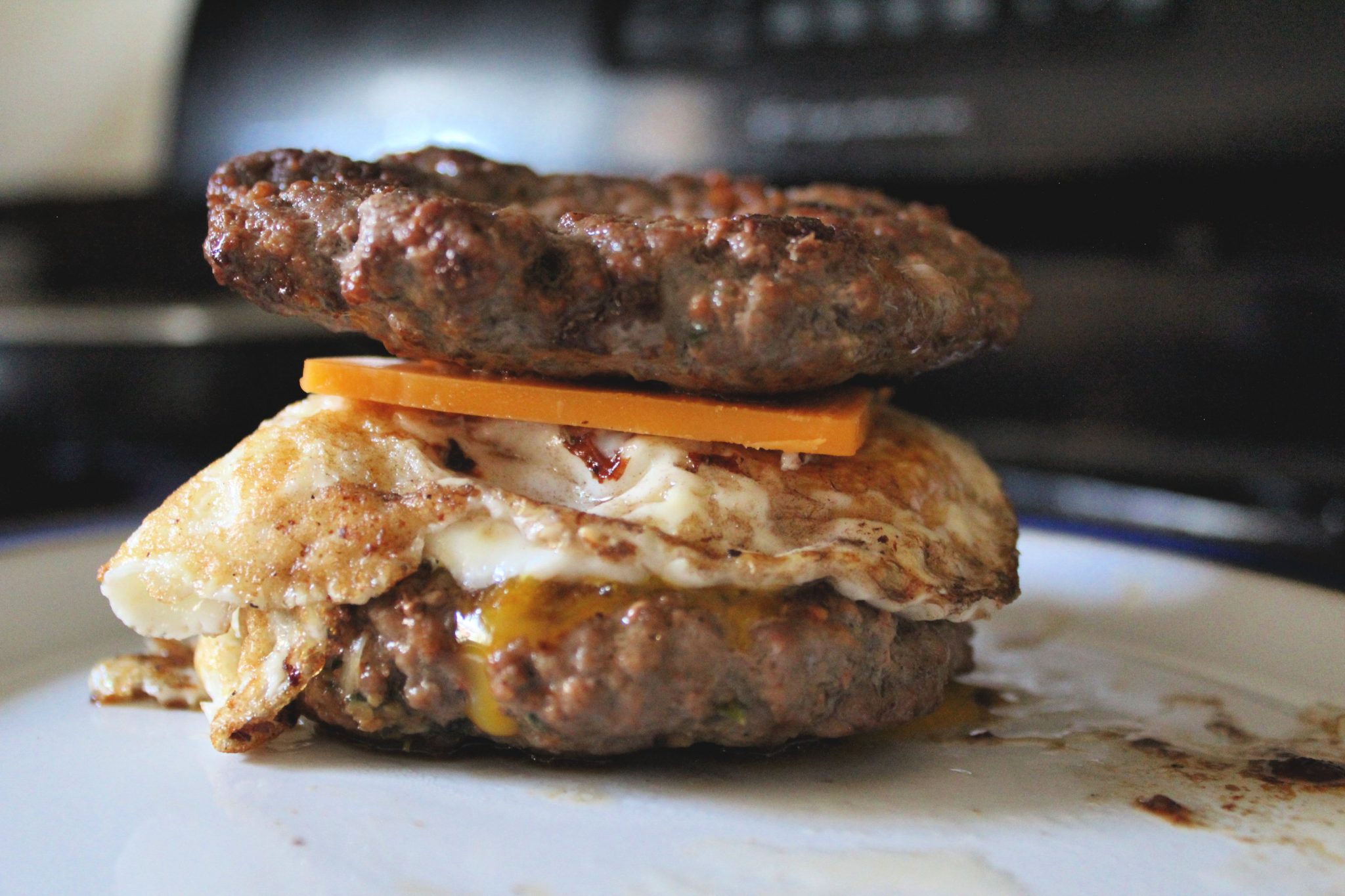
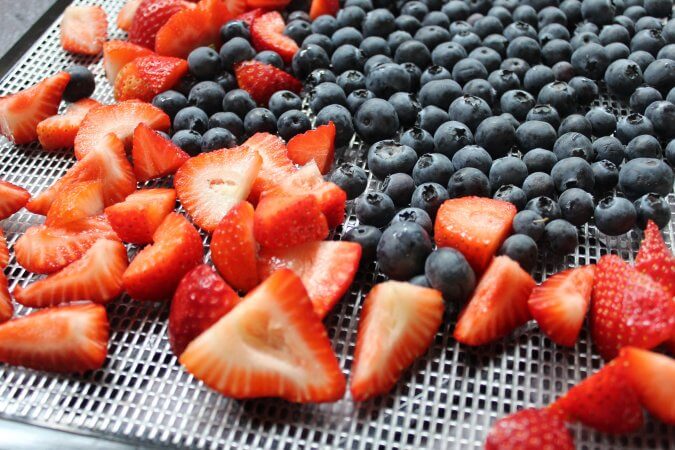

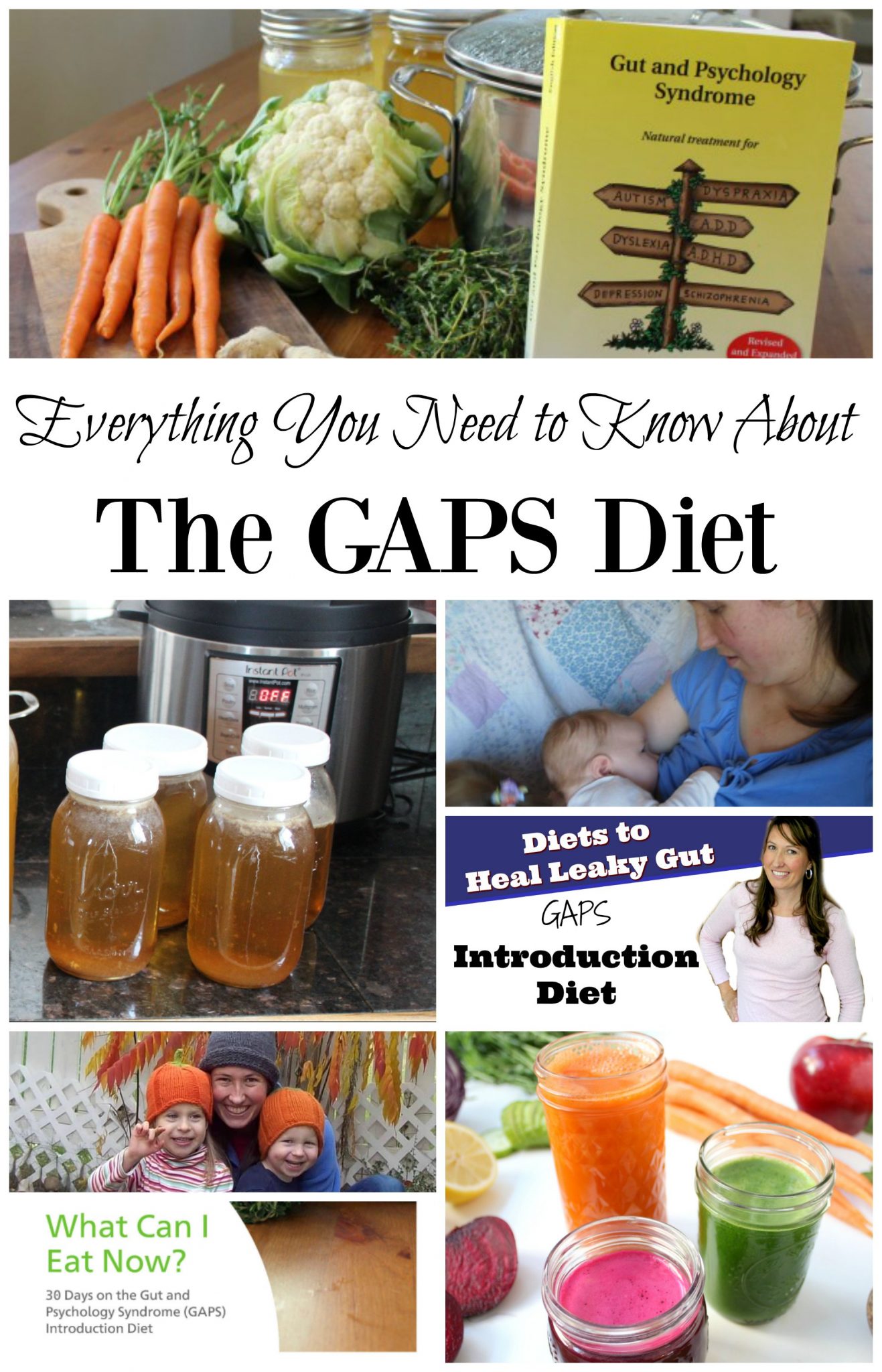
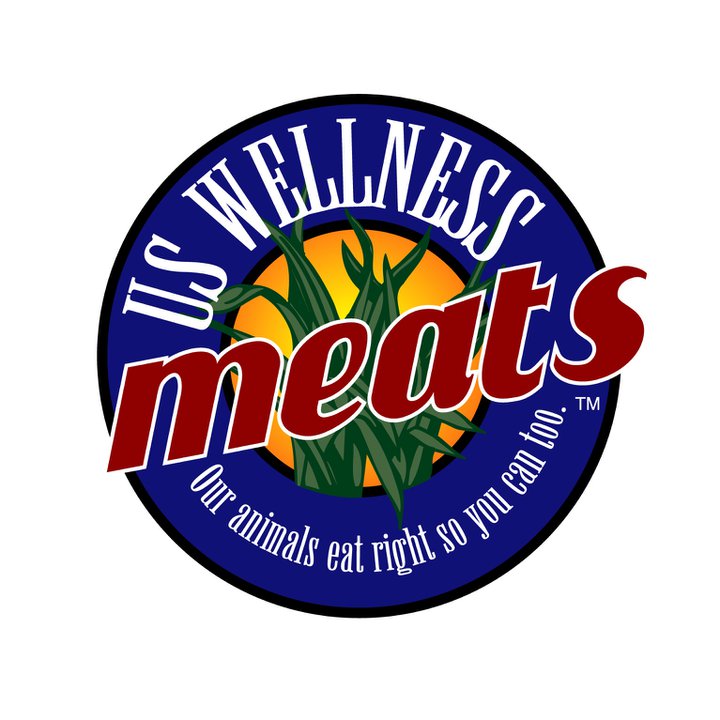

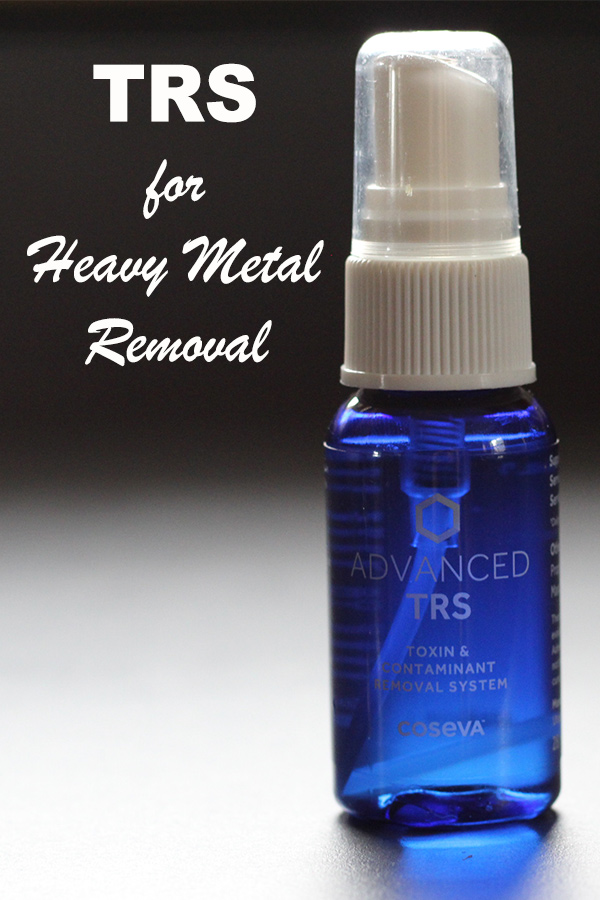
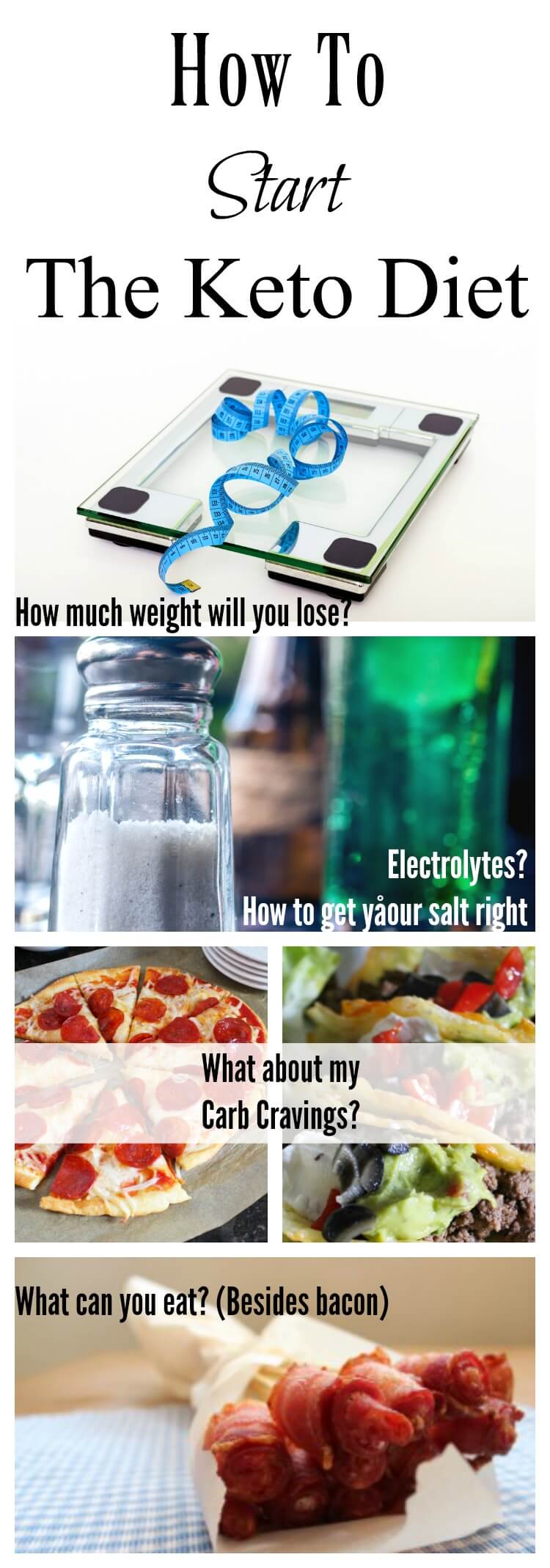

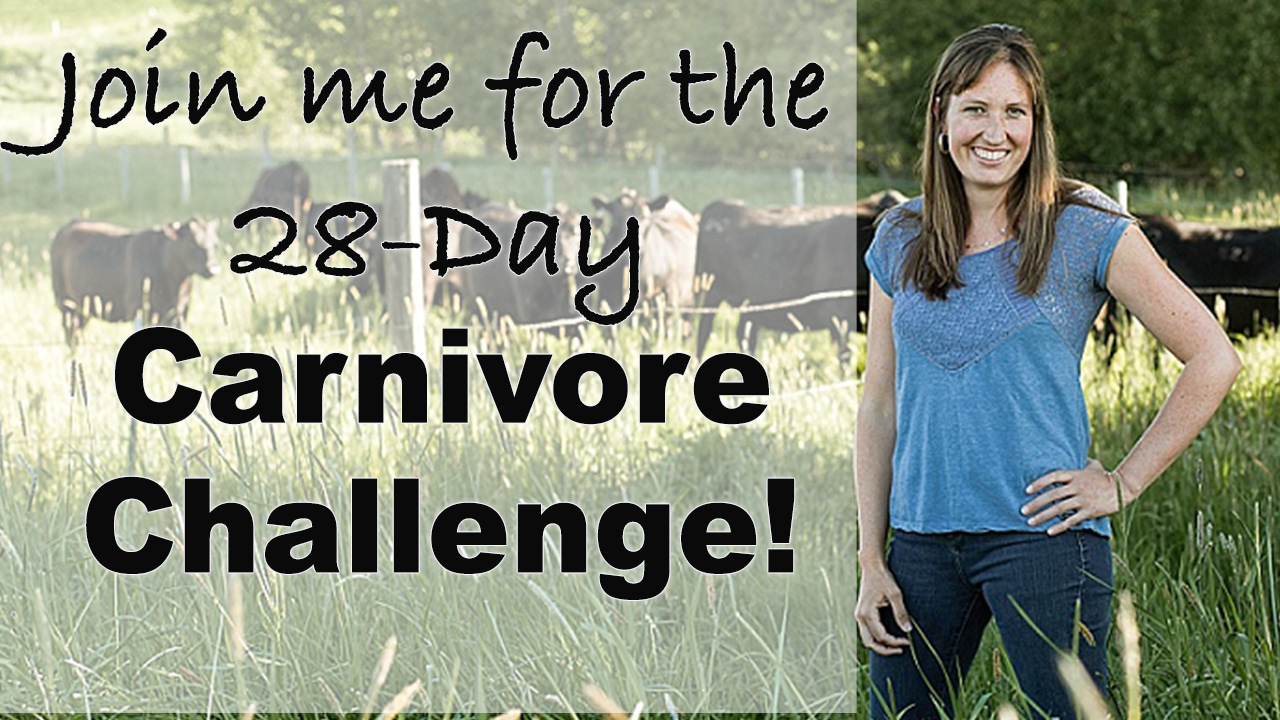


Thanks for all your hard work my daughter has epilepsy and I have been tryin a modified Adkins plan. she seems to happy without bread and pizza which her mom and brothers love. Is there a less restrictive way to get the Keto benefits for her ?
Hi Felix, that is so great that you are doing the Modified Adkins! There is some evidence that adding MCT oil to each meal and snack can help people stay in ketosis with a slightly higher carb count. We’re doing MAD, and there are so many recipes out there that I’m really not finding it restrictive.
Also, I’m not sure what version you’re following, but I’ve found my kids can have 40 carbs/day on MAD and do okay as long as I don’t do all the carbs in one meal.
One more alternative is ‘low carb, high fat, with only low glycemic foods’. It is suggested that people can have 60 or more g of carbs if they stick with only low glycemic foods. This allows for beans, and pretty much unlimited vegetables. But no berries or fruit at all.
I am starting a keto diet for my daughter with epilepsy. The hospital said it is not going to be possible to make homemade chicken broth for her because the exchanges just can’t be calculated. I am devastated. I love giving my family fresh broth which is a really GAPS thing. I was hoping to use the healing qualities of GAPS with keto. Do you have any info about the exchanges I could present to the hospital keto team to keep bone broth in my daughters diet? Thanks!
I use the Kettle and Fire broth for doing exchanges. If you’re doing the 4:1 ketogenic diet, you do have to be super strict. There is evidence that the 4:1 isn’t necessary for many with epilepsy, though, if that’s something you’d like to explore later: https://www.ncbi.nlm.nih.gov/pmc/articles/PMC3929267/#:~:text=The%20modified%20Atkins%20diet%20is,this%20diet%20in%20refractory%20epilepsy.
Hi! how do you feel about Yacon syrup for the GAPS/Keto diet?